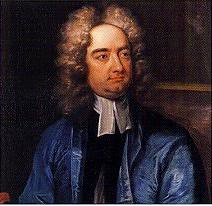Toronto Star (Jun9,2k11)
by Rob Ferguson
— posted here by Owlb
Ontario to launch
new photo identification card
Ontarians without a driver’s licence to use as a quick and easy piece of identification can soon apply for a government-issue photo ID card.
The new cards, to become available in late July, cost $35 and are valid for five years but are not suitable as a passport substitute on international trips, Transportation Minister Kathleen Wynne said Thursday.
The wallet-sized cards are aimed at the estimated 1.5 million Ontarians over the age of 16 — including the blind and those with partial sight — who don’t have driver’s licences.
“The driver’s licence has been the stand-in for photo ID but some people don’t have one,” Wynne said as she announced the cards at the Canadian National Institute for the Blind in Toronto.
“It’s an acknowledgement we live in a world where people need to be able to identify themselves,” Wynne added, noting her 55-year-old sister doesn’t drive and could use such a card.
“We want to make life a little bit easier for those people.”
The move was applauded by the CNIB as long overdue, with Wynne noting Quebec will now be the only Canadian province that does not have a simple photo ID card.
“If you don’t drive, like CNIB clients, you struggle with a lot of business transactions that require photo ID, like taking out a loan or opening an account or booking hotel accommodation or voting,” said Paul Ting, executive director of the CNIB.
Wynne said the card has been in development for three years and was first intended as a hi-tech passport substitute, but that track was abandoned as too costly and cumbersome when there was more urgent need for a basic photo ID.
“We can get to that later,” she said of a passport substitute, adding the government is waiting to see how much demand there would be for such a card. “We need to see that materialize.”
The photo ID card does not have Braille but features include raised lettering for the card number and date of birth.
Applications for the card will be taken starting next month at 20 Service Ontario centres throughout the province before the offer is expanded to every centre throughout the province next year.











 >br>
>br>








